Electric Porsche Cayenne to offer 400 kW charging power
Porsche has been promoting the next-generation Cayenne for some time. It will be fully electric and based on the Premium Platform Electric (PPE), while the current combustion and hybrid model will continue production with further updates. Last year, Porsche sent lightly camouflaged prototypes for road tests and even demonstrated one at the Goodwood Festival of Speed, without revealing detailed specifications.
Now, journalists were allowed to take the passenger seat in the prototype alongside programme manager Michael Schätzle. Reports from these drives reveal details of the internally named “E4” model, representing the fourth Cayenne generation. While PPE models such as the Macan and Audi Q6 e-tron and A6 e-tron are already on the market, the electric Cayenne is not simply a larger vehicle with identical technology, but includes several technical upgrades.
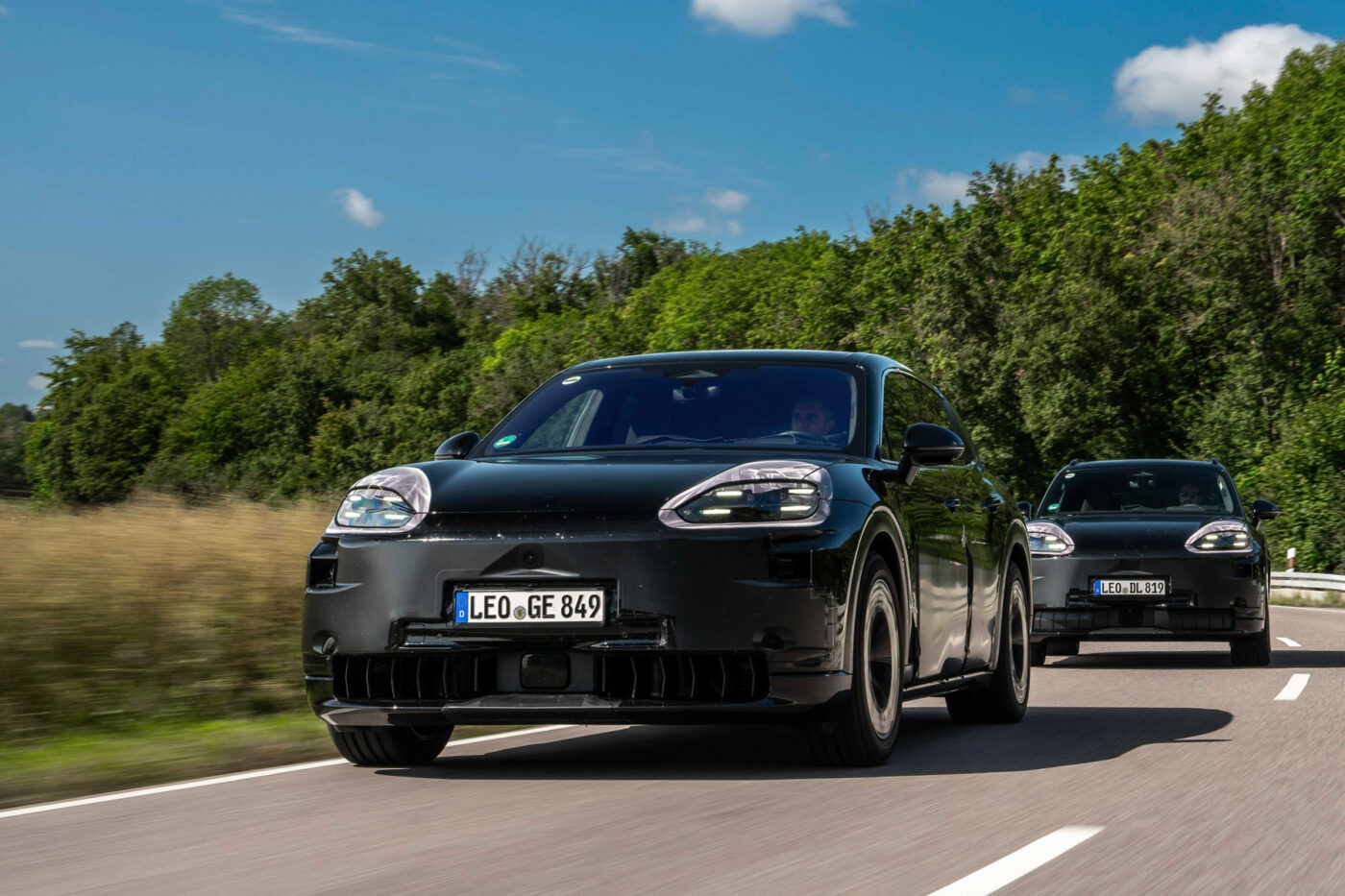
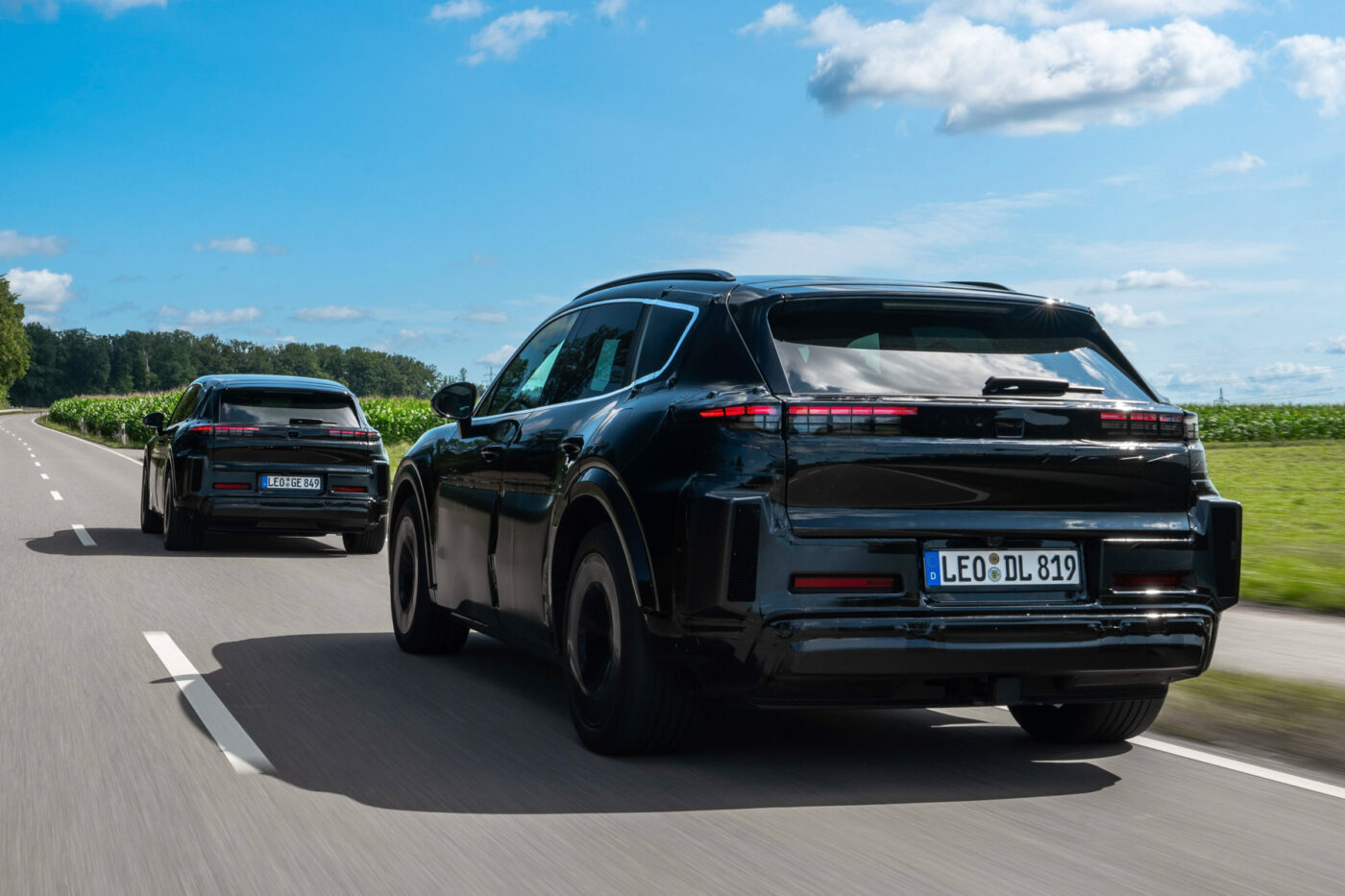
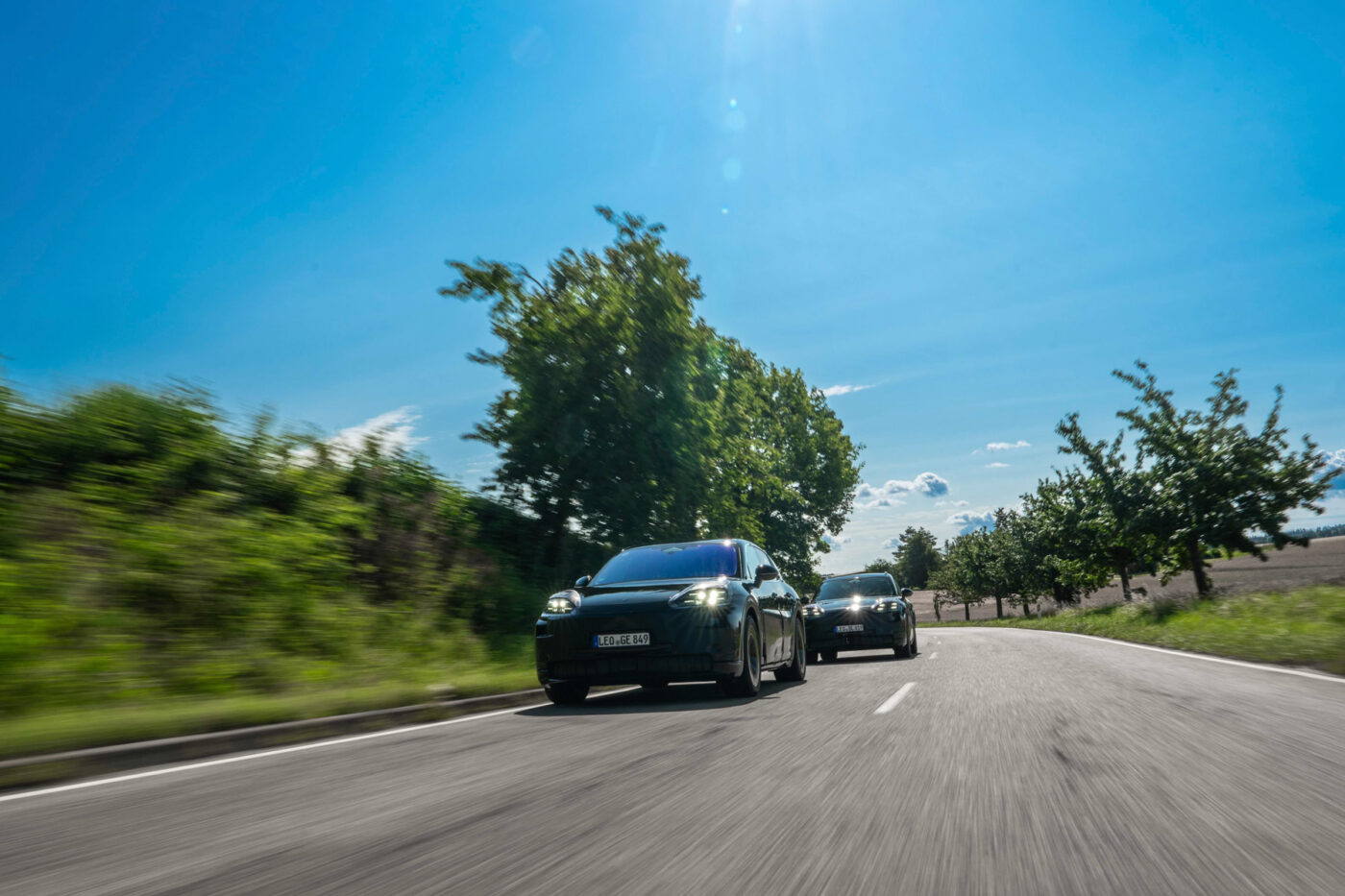
The battery will have an energy content of 113 kWh (108 kWh usable), compared with 100 kWh (95 kWh usable) in the Macan and Audi models. It features an enhanced liquid-cooling system with two cooling plates in the battery pack, whereas the Macan has only one.
The significantly more powerful cooling system is intended to help increase the maximum charging power from the Macan’s 270 kW to up to 400 kW at peak. It would make the Cayenne even more capable than some of the fast-charging stations available today, which are still designed for 300 or 350 kW. However, if the charging station is compatible and can provide sufficient power, the Cayenne should be able to charge from ten to 80 per cent in 15 minutes. In ten minutes, enough electricity for 300 WLTP kilometres should flow into the battery.
As per the reports, the Cayenne will only be available with the 113 kWh battery at launch, offering more than 600 km of range in the top variant. It is not yet known whether smaller batteries will follow later, as was the case with Audi. However, it is clear that the Cayenne will only be available with all-wheel drive and two electric motors – the Macan is also available with rear-wheel drive in the basic version. Even the basic Cayenne is expected to offer well over 300 kW of power with its two motors.
As with the Macan and the Tycan, Porsche will continue using permanent-magnet synchronous motors with hairpin windings in the stator. Some reports suggest the front axle motor is unchanged from the Macan, while the rear motor has been further developed. Higher-output versions may replace water-jacket cooling with oil cooling, and the Cayenne will feature a two-speed gearbox at the rear, unlike the Macan.
Three power variants are expected: a base model (possibly called the Cayenne 4) with around 300 kW, a (potentially) Cayenne 4S with 450–515 kW, and a top-spec model, likely called Cayenne Turbo, delivering over 1,000 hp (735 kW) in Launch Control mode. This would leave Porsche room in its naming scheme for familiar variants such as the GTS, Turbo S or Turbo GT. However, model line manager Schätzle stated that the number of variants for the Cayenne should be kept “within narrow limits” – and not, as with the Taycan, for example, develop virtually every possible variant.
3.5-tonne towing capacity announced
With its advanced, oil-cooled drive units, the Turbo variant is expected to accelerate from 0 to 100 kph in less than three seconds and reach 200 kph in less than ten seconds – despite a claimed kerb weight of “just under three tonnes”. On the one hand, the Cayenne is set to become “the sports car among SUVs” and, in addition to its high performance, will also score points with a sporty chassis featuring electric servomotors on the dampers and rear-axle steering with a steering angle of up to five degrees. As an SUV, the Cayenne must also offer various off-road features while remaining suitable for everyday use.
As the dimensions exceed the current values of 4.93 metres in length and 2.90 metres in wheelbase (Porsche has not yet announced the length), there should be more space not only in the interior (especially in the second row) but also in the load compartment: the boot is to increase by 99 litres, and there will also be a 90-litre frunk under the bonnet (despite the electric motors of the all-wheel drive). And the Cayenne is to have a towing capacity of 3.5 tonnes, according to reports.
Porsche will not release the exact details – or the prices – until the Cayenne’s world premiere in November.
motortrend.com, topgear.com, autocar.co.uk
This article was first published for Sebastian Schaal for electrive’s German edition.

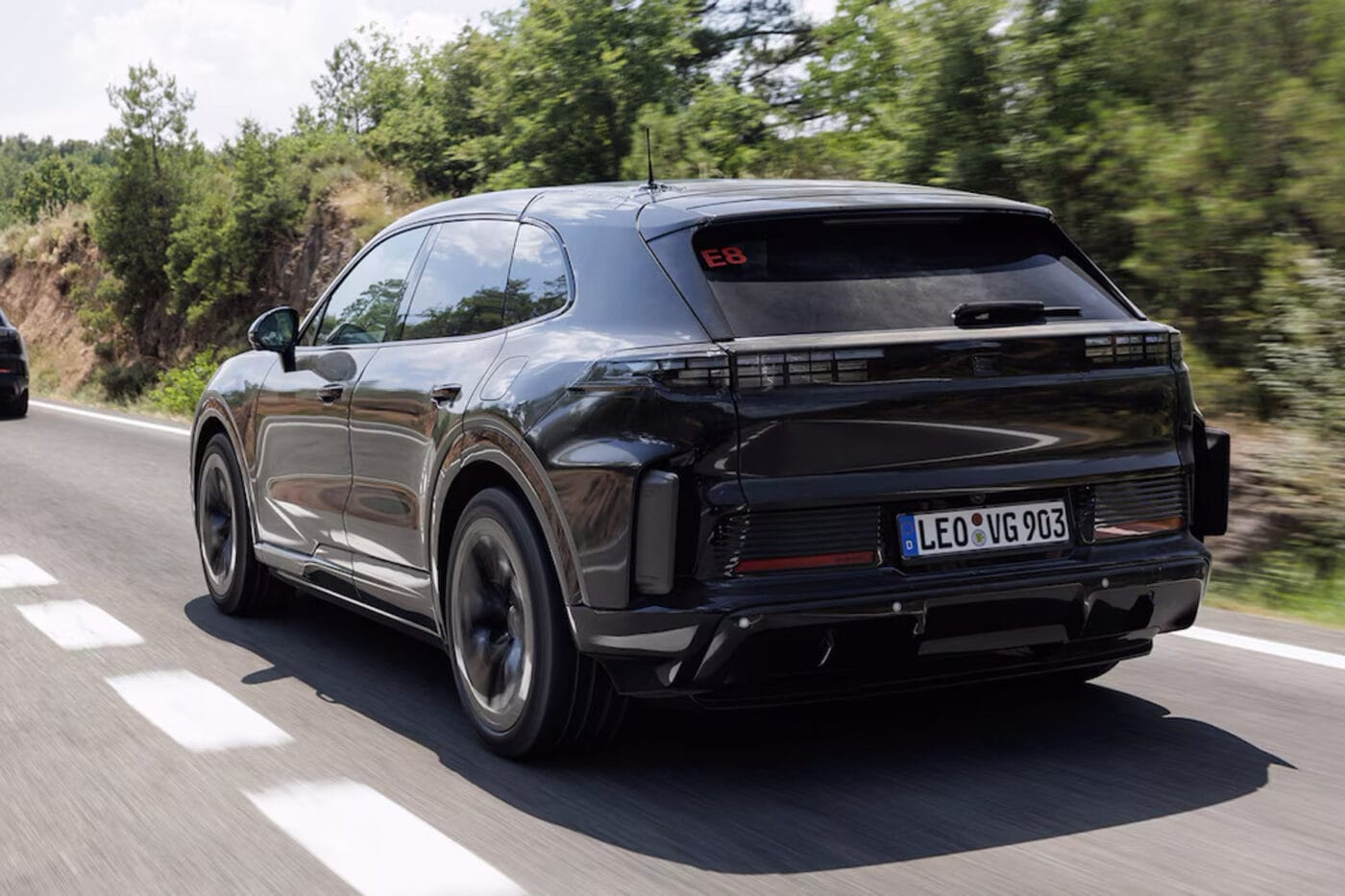
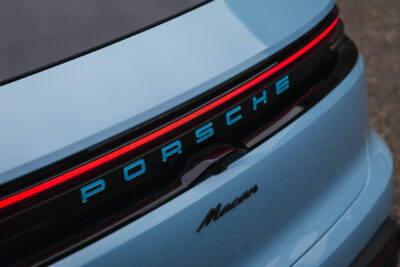

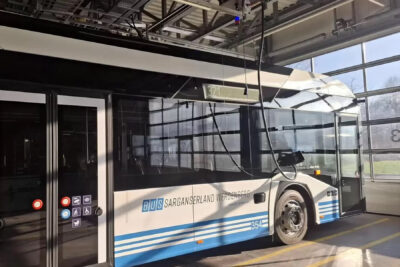
0 Comments